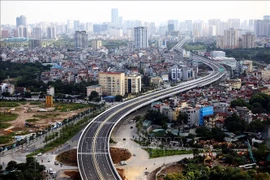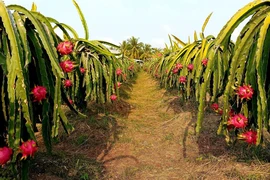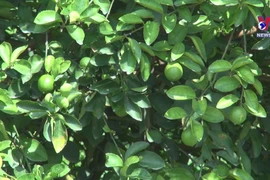The three heritage sites include the Complex of Hue Monuments in Thua Thien - Hue province, Phong Nha - Ke Bang National Park in Quang Binh province, and Ho Dynasty Citadel in Thanh Hoa province.
Thua Thien-Hue province has been promoting notable brands such as the Festival City, Culinary Capital, and the Capital of Ao Dai.
It is striving to welcome approximately 3.5 - 4 million visitors in 2024, generating a revenue of over 300 million USD.
Meanwhile, Quang Binh strives to maintain the status of Phong Nha - Ke Bang as the top choice for tourists.
The Phong Nha - Ke Bang National Park secured a position in the “Top 10 must-visit destinations in Vietnam” by the US’s prestigious Lonely Planet magazine.
It was also recognised as one of three representatives of Vietnam in the list of the 16 most impressive heritages among over 40 UNESCO-recognised world heritages in 11 Southeast Asian countries, as announced by the UK’s renowned Wanderlust magazine.
The Ho Dynasty Citadel in Thanh Hoa province was the cultural centre of the capital of Vietnam in the late 14th century and early 15th century and a political, economic and cultural hub of the northern part of the central region of Vietnam from the 16th to the 18th century.
The citadel is one of the most unique stone architectures of Vietnam and the world./.



















